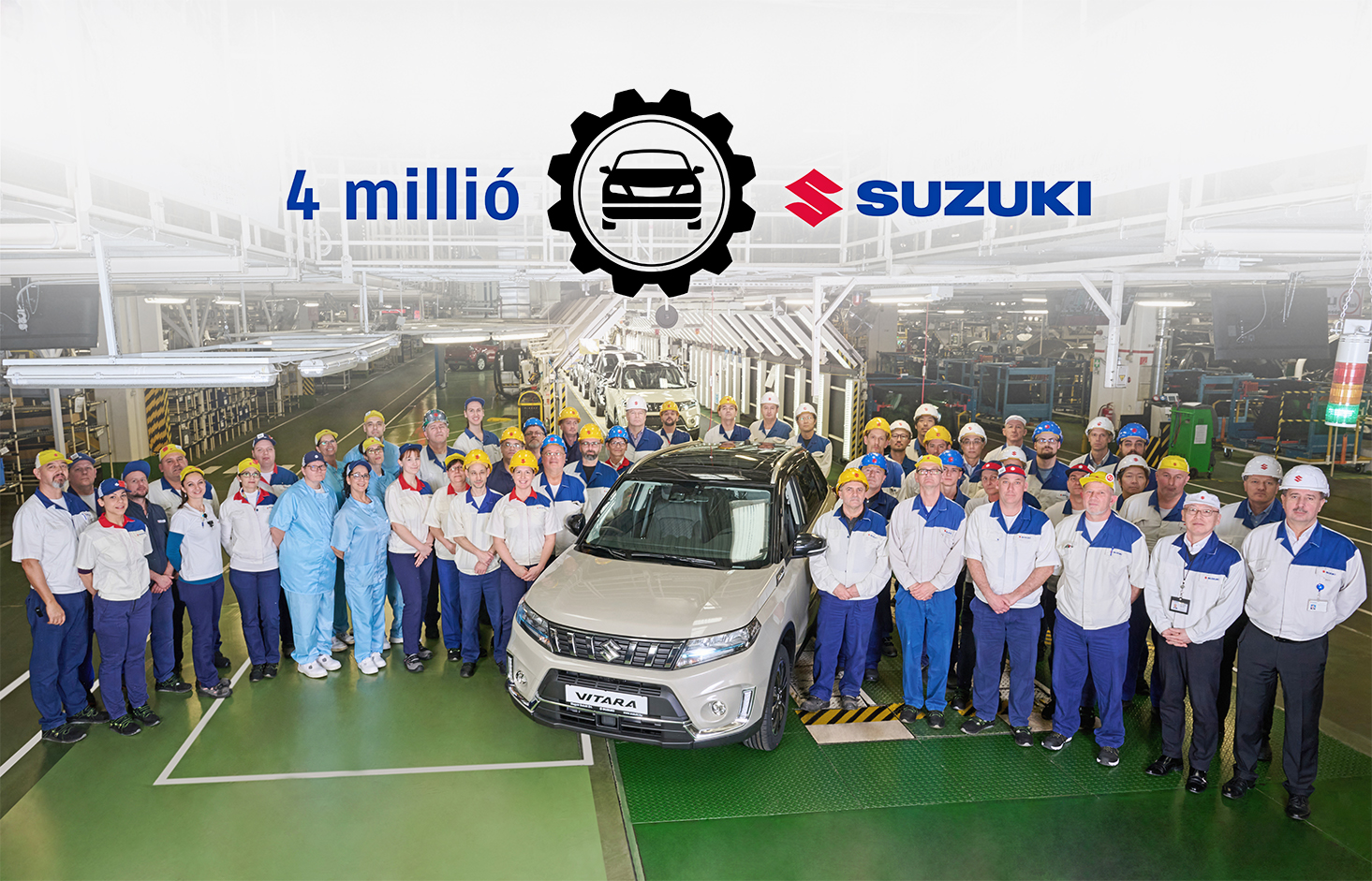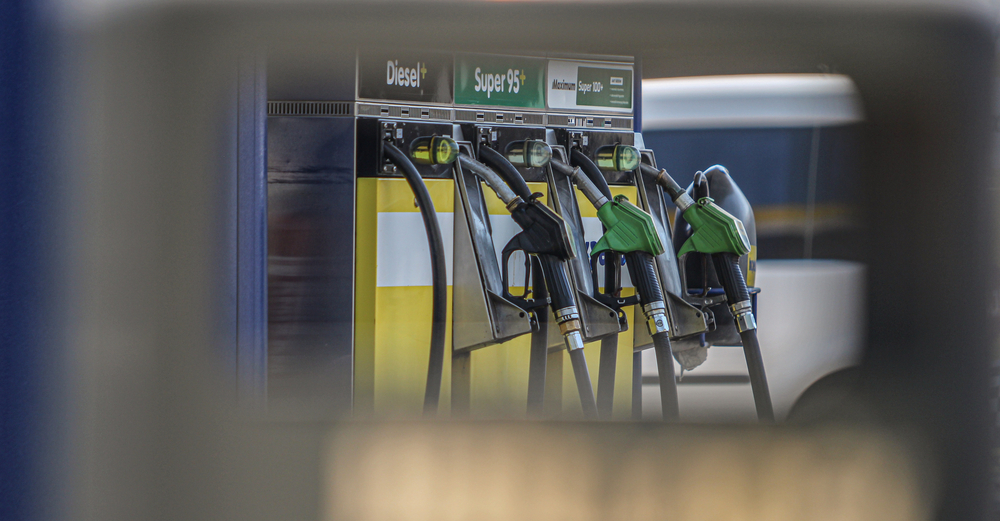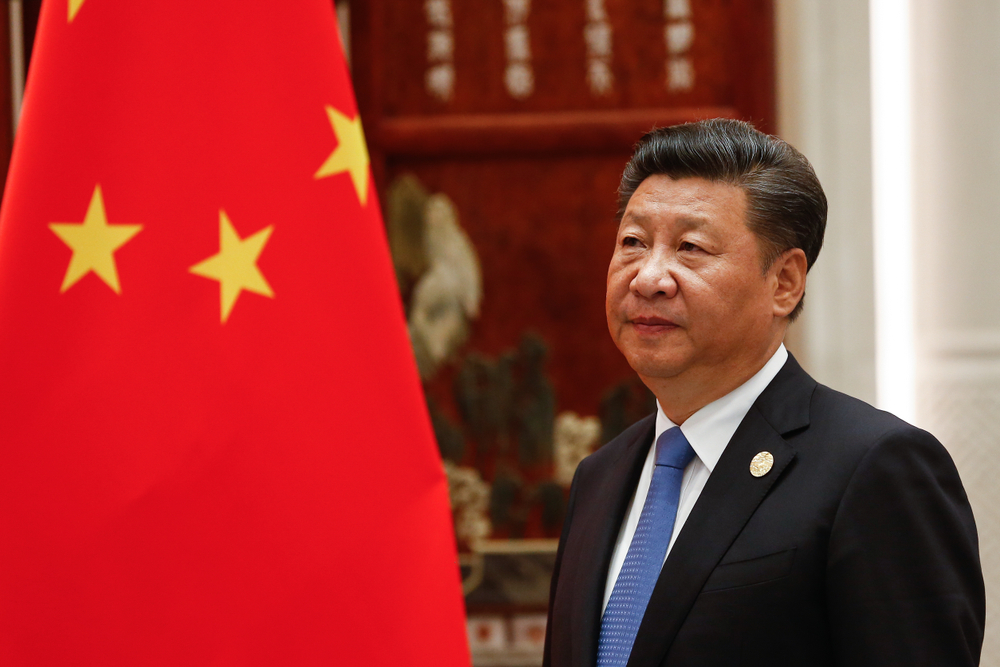Magyar Suzuki: On the Road Towards Being a Smart Plant

The daily production capacity at Magyar Suzuki’s Esztergom factory has been raised almost 65 times from its launch in 1992 until the rolling off of the four millionth model on Feb. 8, 2024.
In 1992, 970 cars were made in five months by Magyar Suzuki; today, 650 autos are produced in a single day, resulting from intense cooperation between humans and robots. Seven different models have been built at Esztergom since the first vehicle rolled off the line 32 years ago. The record-making four-millionth auto was an Ivory Cosmic black pearl metallic Vitara GLX. The manufacturer has evolved a lot in its more than 30-year history.
Key Years: 1992, 1996, 2002, 2006, 2008, 2011, 2014, 2017, 2020, 2024
Each milestone year has contributed to making the Esztergom manufacturing company the factory it is today. In 2024, more than 500 robots help the work of nearly 3,500 employees in the making of the Vitara and S-Cross models.
Magyar Suzuki is one of the country’s most stable economic players and Suzuki Group’s most reliable subsidiaries. Esztergom is the third-largest manufacturing base for Suzuki Motor Corporation, following Japan and India, and the only one in Europe. Since establishing Magyar Suzuki, Japanese parent company Suzuki Motor Corporation has invested more than EUR 2 billion in Hungary, continuously developing its European plant.
From the beginning, the Esztergom factory has been engaged in comprehensive manufacturing activities, covering all processes of auto production: stamping and welding of steel sheets, assembly of vehicles, painting, and the final inspection of the finished cars.
For nearly 20 years from the start of production in the summer of 1992, the manufacturing of Suzuki models took place exclusively under Japanese presence and supervision. However, since the series production of Vitara began in 2015, the role of Hungarian engineers has become increasingly prominent, and they have actively participated in prototype development and the improvement of manufacturing technology. Feedback from Hungarian professionals is also sought when designing new models at the Japanese headquarters.
1 Million, 2 Million, 3 Million, 4
Production started in the summer of 1992 with the Suzuki Swift. For almost 10 years, this was the only model produced in Hungary.
In 2006, the one-millionth Swift was produced, followed by the two-millionth in 2011, and the three-millionth vehicle, an SX4 S-Cross, in 2017. Magyar Suzuki Corporation currently exports to 123 countries, with the five largest in 2023 being the United Kingdom, Italy, Germany, France, and Poland.
As mentioned above, a total of seven models have been produced at the Magyar Suzuki plant: three generations of Swift (1992, 2005, 2010), the Wagon R+ (2000), the Ignis (2003), the SX4 (2006), the Splash (2008), the SX4 S-Cross (2013), and the Vitara (2015).
About 2,200 employees work in two shifts to manufacture the vehicles, from pressing the steel coils delivered to the plant to parking the finished cars after their rain test. Around another 900 colleagues contribute to production, transportation, and promotion in the background.
Twenty people in the current workforce joined Magyar Suzuki before Dec. 31, 1992. Since 2019, the Esztergom plant has exclusively produced hybrid-powered Vitara and S-Cross autos for the European markets.
This article was first published in the Budapest Business Journal print issue of February 23, 2024.
SUPPORT THE BUDAPEST BUSINESS JOURNAL
Producing journalism that is worthy of the name is a costly business. For 27 years, the publishers, editors and reporters of the Budapest Business Journal have striven to bring you business news that works, information that you can trust, that is factual, accurate and presented without fear or favor.
Newspaper organizations across the globe have struggled to find a business model that allows them to continue to excel, without compromising their ability to perform. Most recently, some have experimented with the idea of involving their most important stakeholders, their readers.
We would like to offer that same opportunity to our readers. We would like to invite you to help us deliver the quality business journalism you require. Hit our Support the BBJ button and you can choose the how much and how often you send us your contributions.











